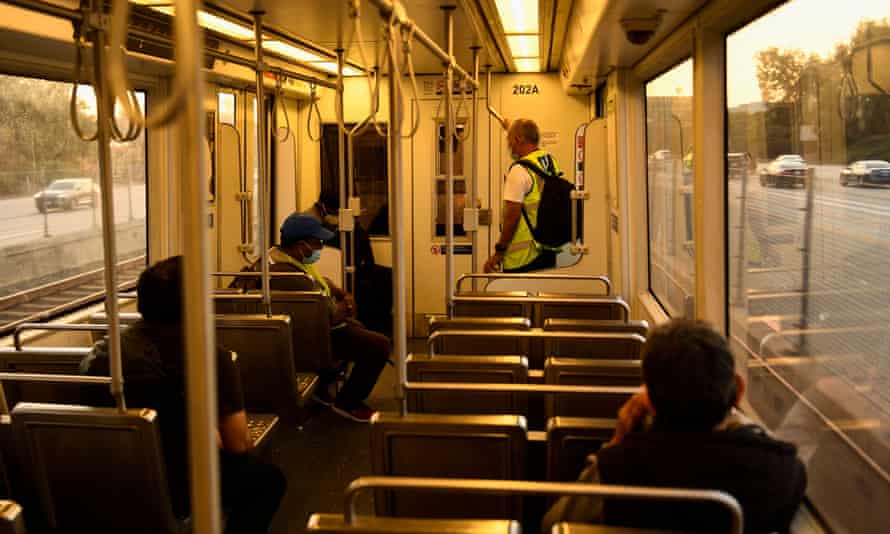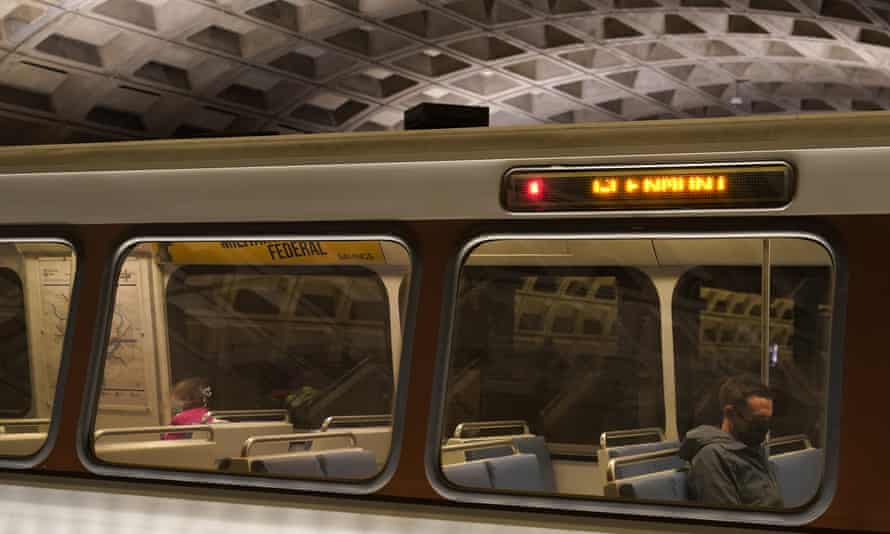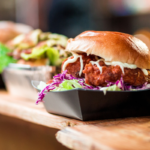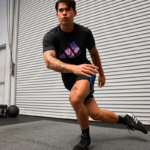
The Covid-19 pandemic has seen two pernicious trends emerge as to how Americans are getting around their country: public transit is struggling with a reduced number of paying customers, while there has been a sharp increase in car crash deaths.
The shuttering of businesses, the rise of working from home and a fear of contracting the coronavirus saw public transport use plummet across the US – commuter rail alone reported a 79% decline in ridership in the year to September 2020. Despite a slight resurgence in 2021, trips taken on all modes of public transit are still around half of what they were before the pandemic, federal government figures show.

Meanwhile, transport officials have also been alarmed by a surging number of car-related deaths.
The first half of 2021 saw more than 20,000 people die in car crashes, according to federal government data, up 18% on the previous year and the highest since 2006. Pete Buttigieg, the US transportation secretary, called the death toll, which is claiming the lives of about 3,000 people a month, “a national crisis” as he unveiled a new road safety strategy last week.
Transport experts say that these trends, while complex and not necessarily linked, are slowing progress on road safety while also hampering efforts to improve the livability of cities and to reduce air pollution and greenhouse gas emissions from the US transportation system, which is the country’s largest contributor to dangerous climate change.
“I think, long-term, if we don’t see major changes in transit ridership and road and land uses, we will have huge problems,” said Tara Goddard, an expert in transportation safety at Texas A&M University. “We will see emissions as horrible as they are now, road safety numbers as bad as now, inequities and social problems as bad as they are now. If we aren’t committed to serious change, we will have a lot of problems.”
The reasons behind the increase in traffic fatalities aren’t fully understood but a prevailing theory is that people have been speeding more, and therefore involved in worse crashes, due to roads that were cleared of the congestion when the pandemic hit and people stayed at home more.

“The roadway system in the US is built for speed, so when the traffic disappeared when Covid hit, traffic fatalities went off the chart,” said Benito Perez, policy director at Transportation for America. “People are also spreading out their trips during the day and more people are walking and biking on roads designed for cars. So you’re getting this constant conflict. It’s a recipe for fatal crashes.”
There has also been an “alarming” increase in people dying after being ejected from their cars during crashes because they weren’t wearing seatbelts, Goddard said, along with a rise in crashes because of drug and alcohol use by drivers. This is building upon trends seen since before the pandemic, such as the soaring popularity of hulking SUVs that are far more likely to kill pedestrians when they hit them.
“We have big, wide roads, very poor pedestrian crossings, a lack of lighting and we are buying bigger cars,” said Goddard. “It also seems there is more aggressive, distracted driving now. There is a lot going on in society that Covid has brought to a head.”
The increasing death toll on the roads has played out while public transit, long underfunded and politically overlooked in the US, has suffered from a steep drop in users that only partially rebounded as pandemic restrictions eased last year.

Many bus and train routes across the US have been curtailed, with the recent surge in infections from the Omicron variant stripping the system of a large number of sick drivers and other transit staff. Six subway lines in New York City were suspended during December and January due to a lack of available staff.
The slump in fare revenue has imperiled some public transit lines. “Unfortunately public transit has to justify its existence by showing a profit margin, whereas no such questions are asked of highway funding,” said Perez.
Although low-paid yet essential workers continued to use public transit during the pandemic through necessity, many people who could afford to work from home or take other modes of transport have stayed away from trains and subways. “Transit is so poorly resourced in the US that it makes it very fragile to disruption,” said Goddard. “If it already doesn’t work well for people, it doesn’t take much to push them off it.”
Goddard said there was a “glimmer of hope” in the Biden administration allocating $109bn in grant funds for public transit projects from the bipartisan infrastructure bill – which is the largest single investment in public transport in US history – but that the administration’s greater focus on electric vehicles won’t solve the deep-rooted problems in how America’s towns and cities are structured.
“We need to focus on land use solutions so people don’t have to travel as much because things are closer to them, where driving isn’t the only option,” she said. “EVs certainly have a role to play but if you get hit at 45mph it doesn’t matter if it’s an EV or gas-powered car. We shouldn’t just replicate our existing problems but with new technology.”


